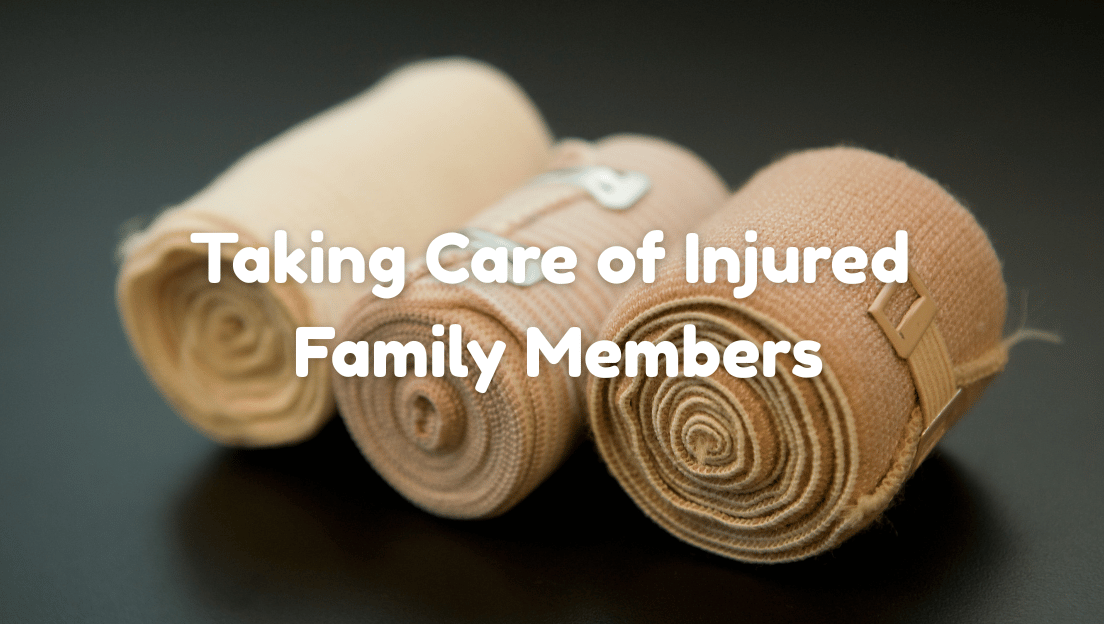When a family member sustains an injury, the emotional and practical responsibilities can feel overwhelming. Whether the injury is temporary or life-changing, the recovery journey often requires patience, organisation, and adaptability. Providing effective support means balancing compassion with practical action, ensuring that the injured person’s medical, emotional, and daily needs are met while preserving your own well-being.
Navigating Legal and Financial Considerations
Serious injuries often bring more than physical pain, they can cause financial strain, employment challenges, and long-term medical expenses. Most catastrophic injury attorneys in Charleston note that in cases involving negligence or serious accidents, legal guidance can help families pursue compensation for medical bills, rehabilitation costs, and loss of income. Even if a lawsuit is not immediately on the table, it’s wise to document the injury, gather relevant records, and understand your legal rights early in the process.
Alongside legal considerations, reviewing insurance policies and benefits can help you make the most of available coverage. This may include health insurance, disability benefits, workers’ compensation, or personal injury protection. Being proactive about these matters ensures that financial stress doesn’t further complicate the recovery process.
Creating a Safe and Supportive Home Environment
One of the first steps in helping an injured family member is ensuring their living space accommodates their needs. This could involve rearranging furniture for better mobility, installing grab bars in bathrooms, adding ramps for wheelchair access, or using non-slip mats to prevent falls.
If the injury limits mobility, consider placing important items within easy reach and creating a dedicated rest or recovery area. This space should be well-lit, comfortable, and equipped with necessary medical supplies or assistive devices. Keeping pathways clear prevents further injury and gives the person a greater sense of independence as they navigate their environment.
Understanding and Managing the Medical Care Process
Medical care for an injury can range from short-term treatment to ongoing rehabilitation. Attending medical appointments with your loved one can help ensure you understand their treatment plan, medication schedule, and any restrictions or warning signs to watch for.
If possible, keep a detailed record of symptoms, progress, and any changes in their condition. This information can be invaluable during follow-up appointments or if complications arise. Clear communication with healthcare providers, asking questions, clarifying instructions, and advocating for the patient’s needs can significantly improve recovery outcomes.
In cases where the injury requires specialist care or complex therapy, explore whether home health services, physiotherapists, or occupational therapists can provide in-home visits. These services can reduce travel stress for the patient and keep rehabilitation consistent.
Balancing Emotional Support with Encouraging Independence
Injuries often impact a person’s emotional state as much as their physical abilities. Feelings of frustration, sadness, or anxiety are common, particularly if the recovery timeline is long. Offering emotional support can mean simply listening without judgment, being patient with mood changes, and encouraging small milestones in the healing process.
At the same time, it’s important to avoid fostering dependence when independence is possible. Helping your family member perform tasks on their own, even if it takes longer, can build confidence and contribute to emotional recovery. Celebrating progress, no matter how small, can boost morale and create a sense of accomplishment.

Coordinating with Other Family Members and Friends
Caring for an injured person can be a full-time job, and burnout is a real risk for primary caregivers. Sharing responsibilities among multiple family members and friends can help maintain a sustainable routine. This could mean rotating shifts for meal preparation, errands, transportation to appointments, or overnight care.
Using shared calendars, group chats, or caregiving apps can make coordination easier and ensure nothing is overlooked. Having a clear schedule allows the injured person to know when to expect certain activities, which can reduce stress and improve daily flow.
Planning for Long-Term Recovery and Adaptation
Some injuries require ongoing adjustments long after the initial treatment. This might involve extended rehabilitation, permanent lifestyle changes, or continued medical support. Planning ahead for these scenarios, both financially and logistically, can make the transition smoother.
Consider consulting with a rehabilitation specialist or case manager who can help create a comprehensive care plan. This plan should account for medical needs, home modifications, transportation, and support services. Staying flexible is important, as recovery timelines and needs may evolve.
Caring for an injured family member requires patience, organisation, and a balance between emotional empathy and practical action. From creating a safe home environment to navigating legal and financial matters, each step you take contributes to a smoother recovery. By fostering open communication, encouraging independence, and coordinating with others, you can provide meaningful, effective support that promotes both healing and quality of life. While the process can be challenging, it’s an opportunity to strengthen family bonds and create an environment where recovery feels both supported and possible.




